-
 © Classic & Sports Car
© Classic & Sports Car -
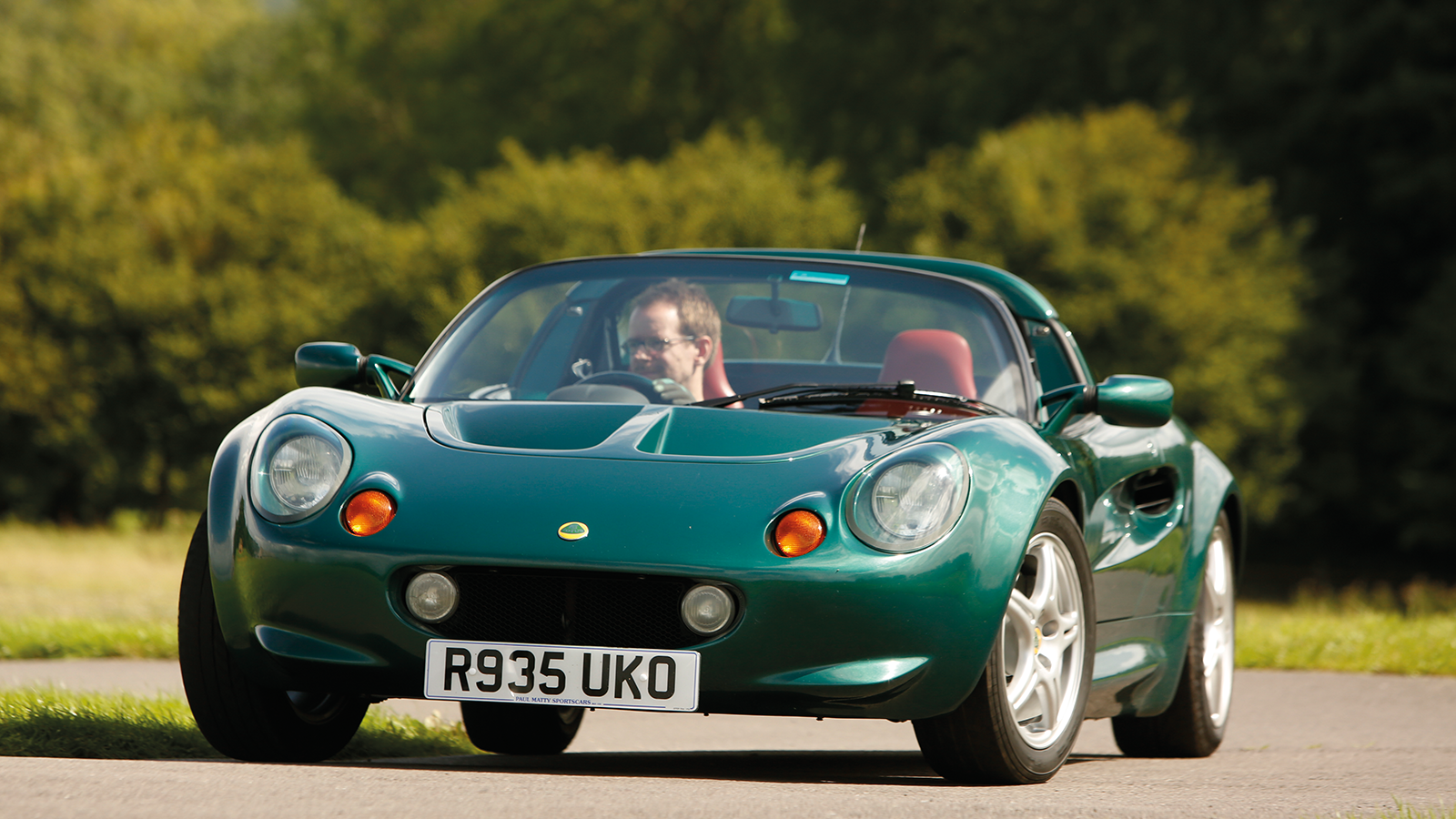 © Classic & Sports Car
© Classic & Sports Car -
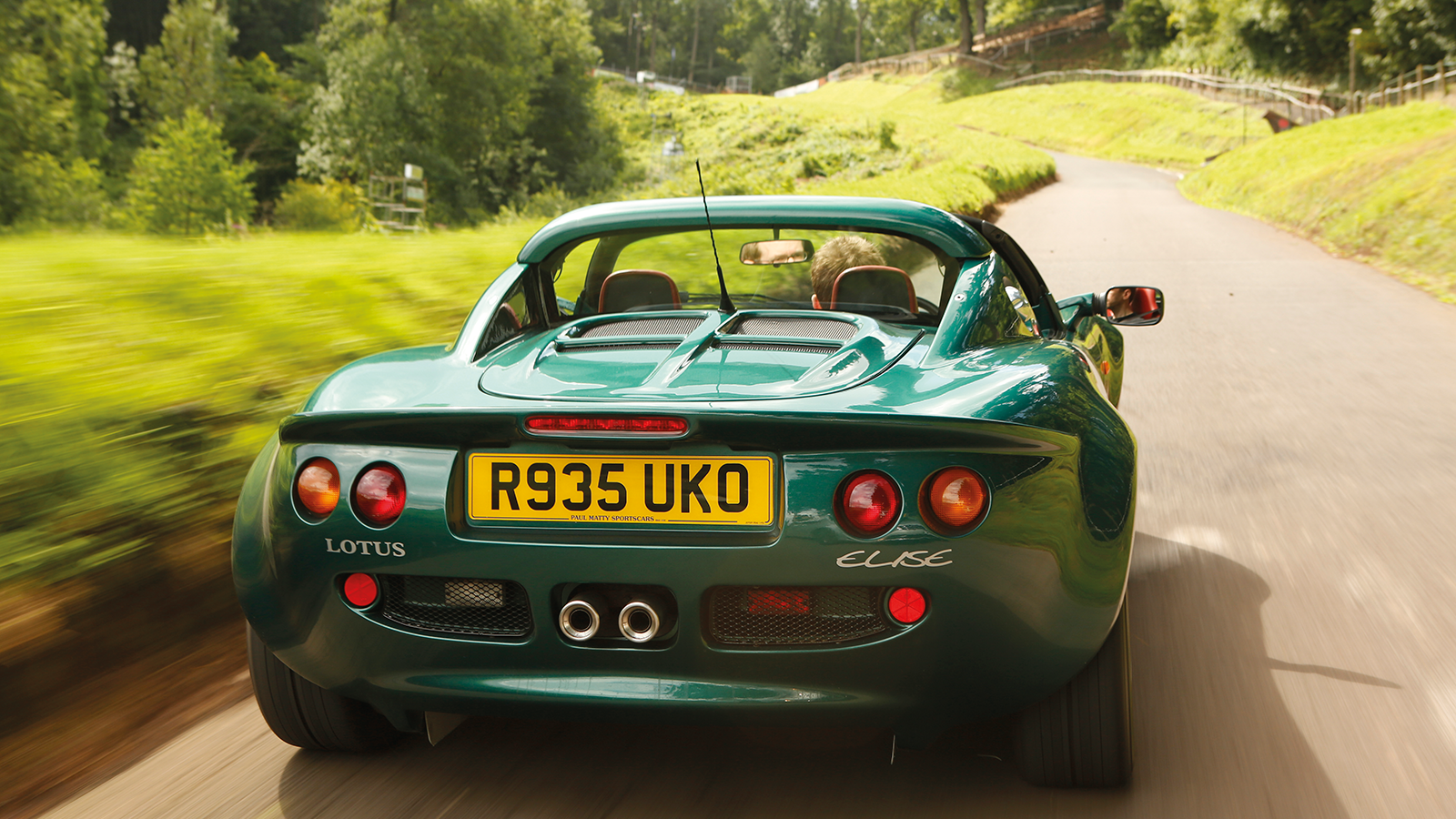 © Classic & Sports Car
© Classic & Sports Car -
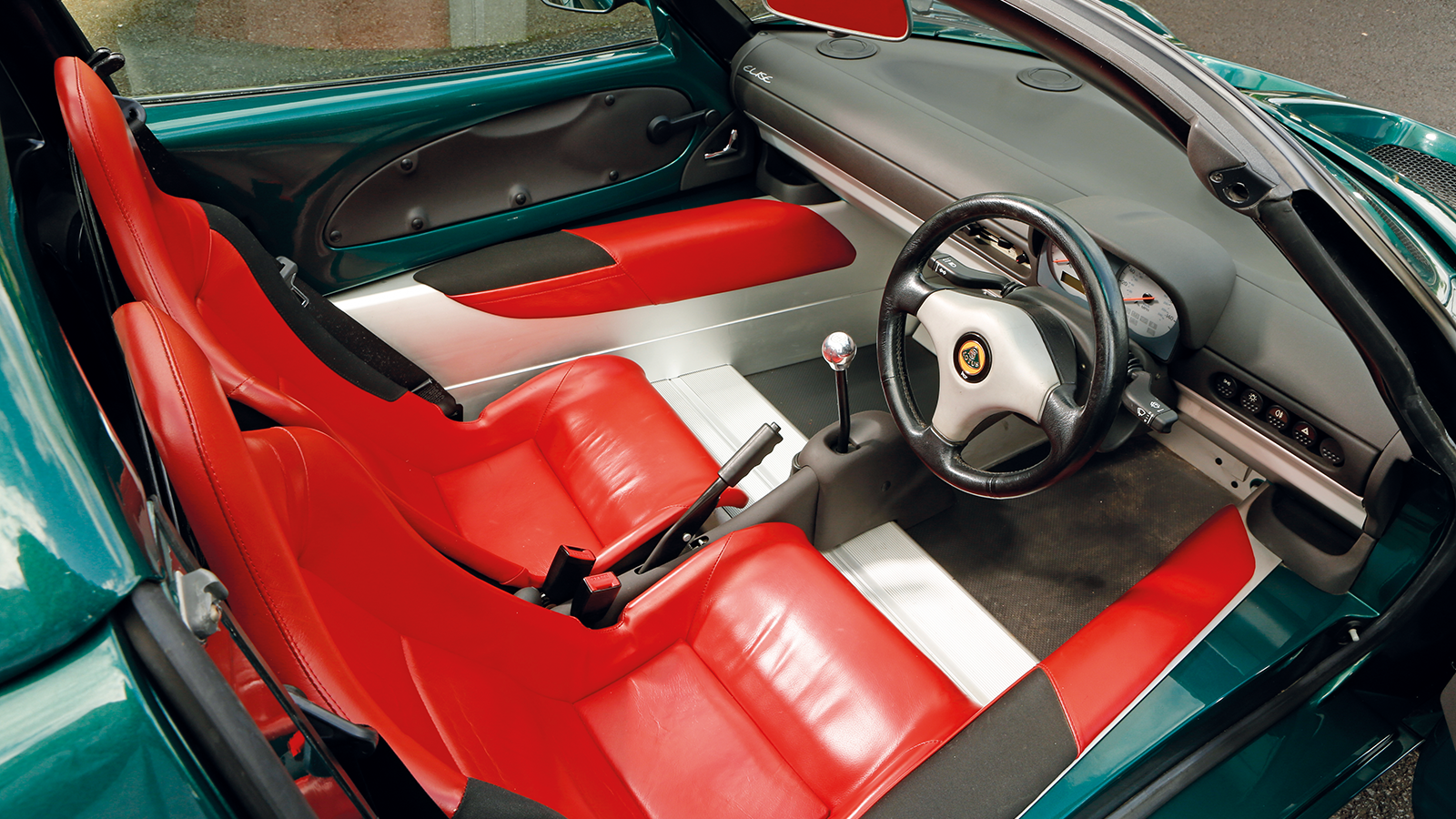 © Classic & Sports Car
© Classic & Sports Car -
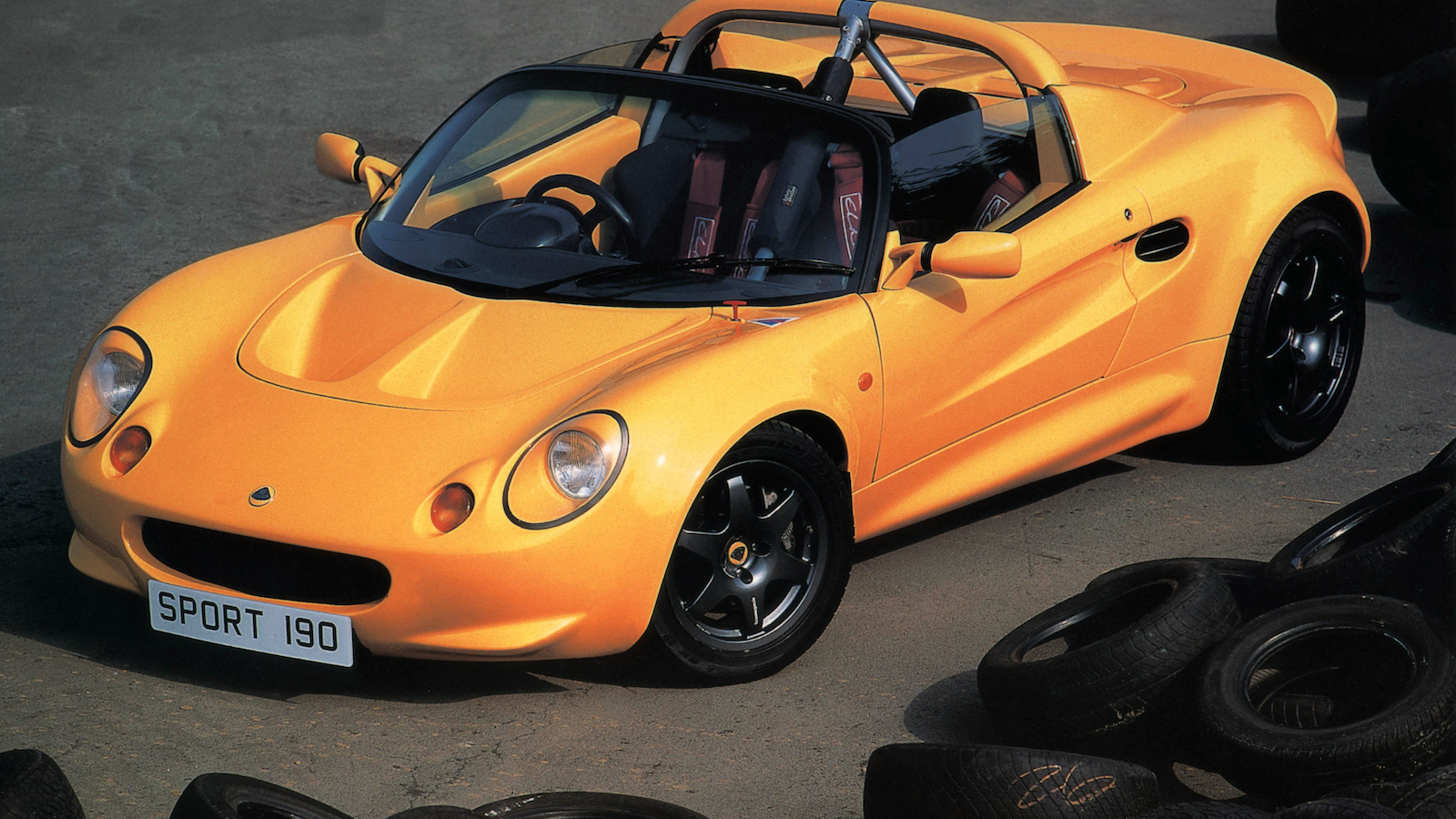 © Lotus
© Lotus -
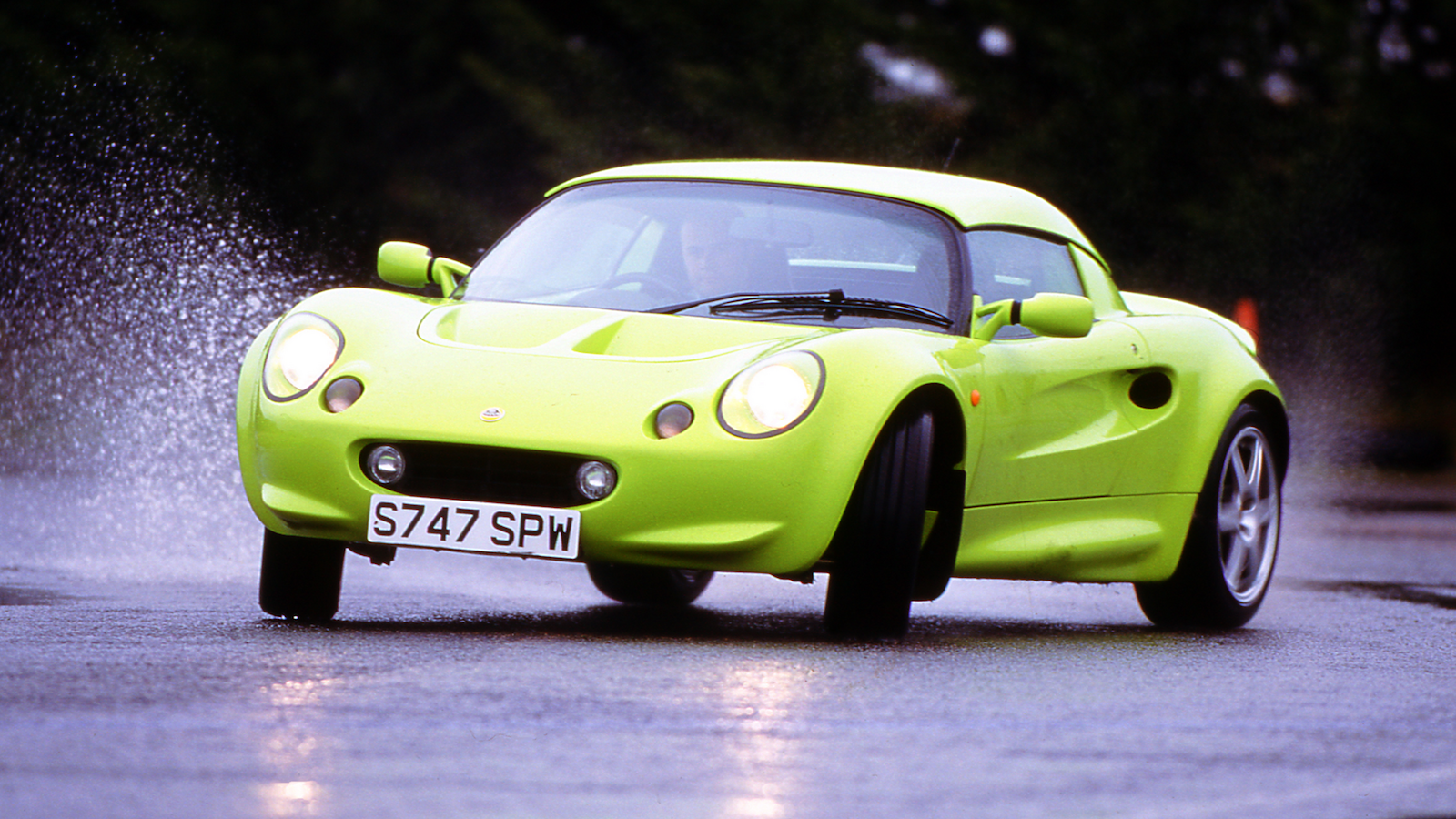 © Haymarket Automotive
© Haymarket Automotive -
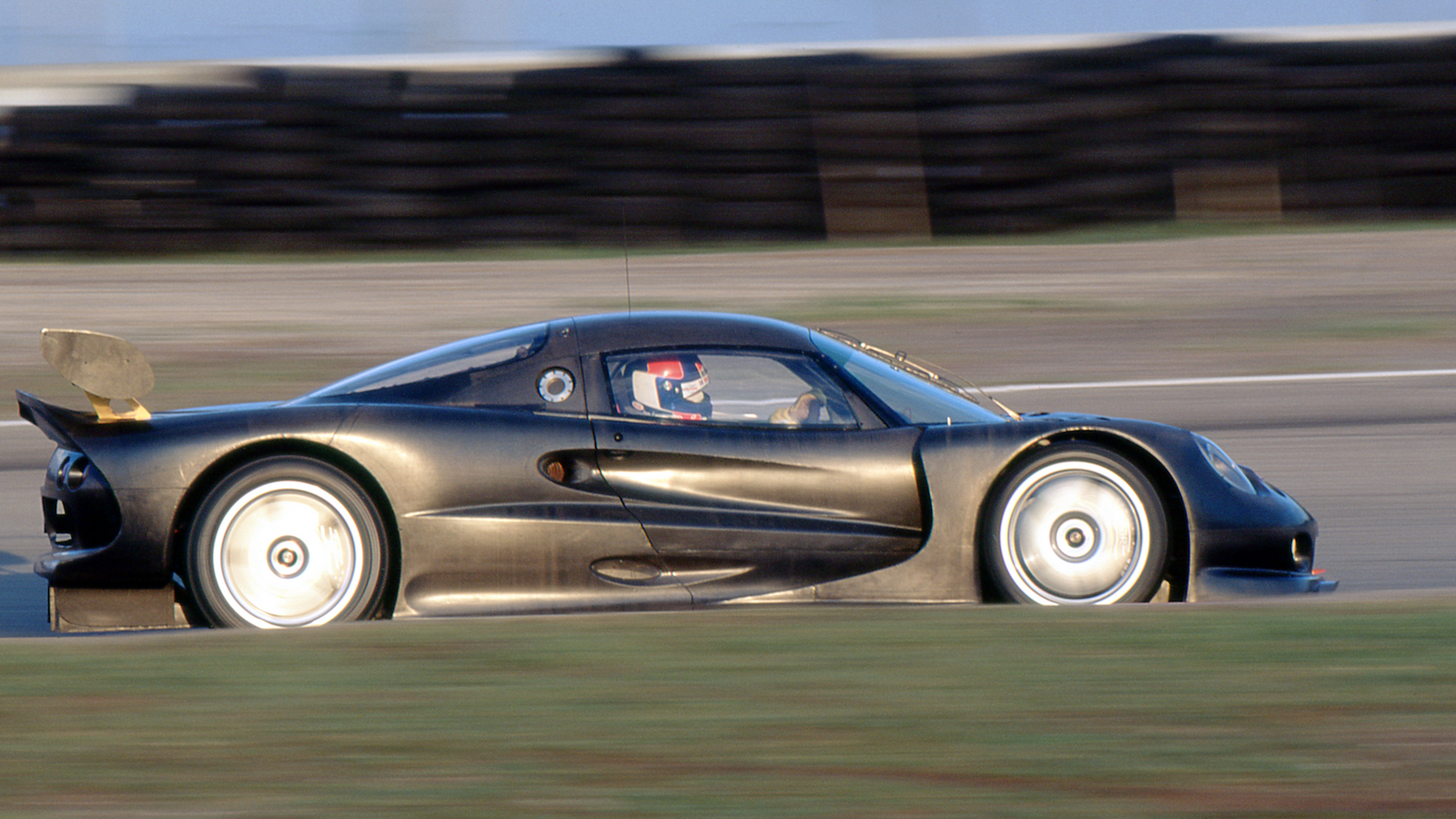 © Haymarket Automotive
© Haymarket Automotive -
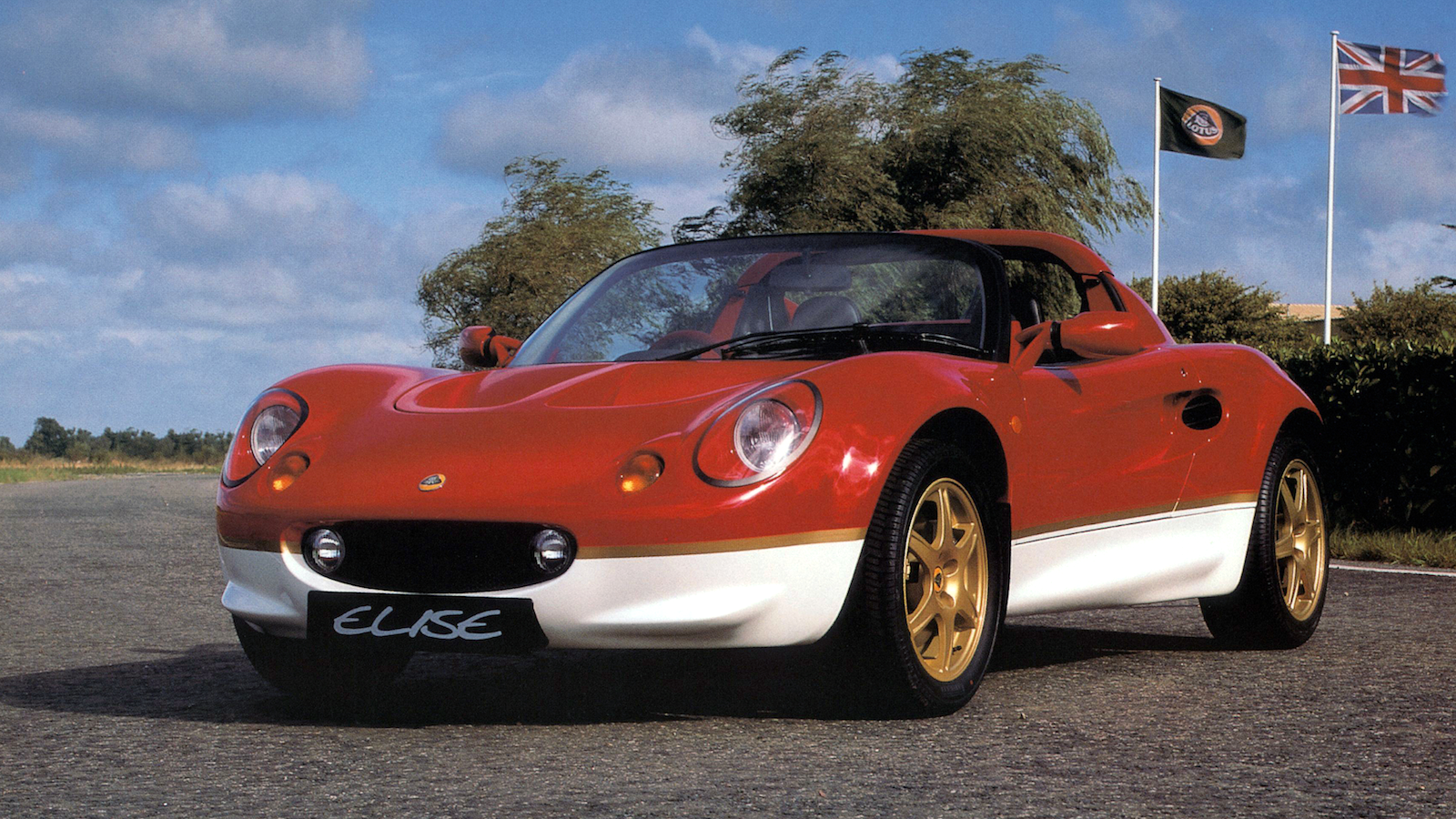 © Lotus
© Lotus -
 © Haymarket Automotive
© Haymarket Automotive -
 © Haymarket Automotive
© Haymarket Automotive -
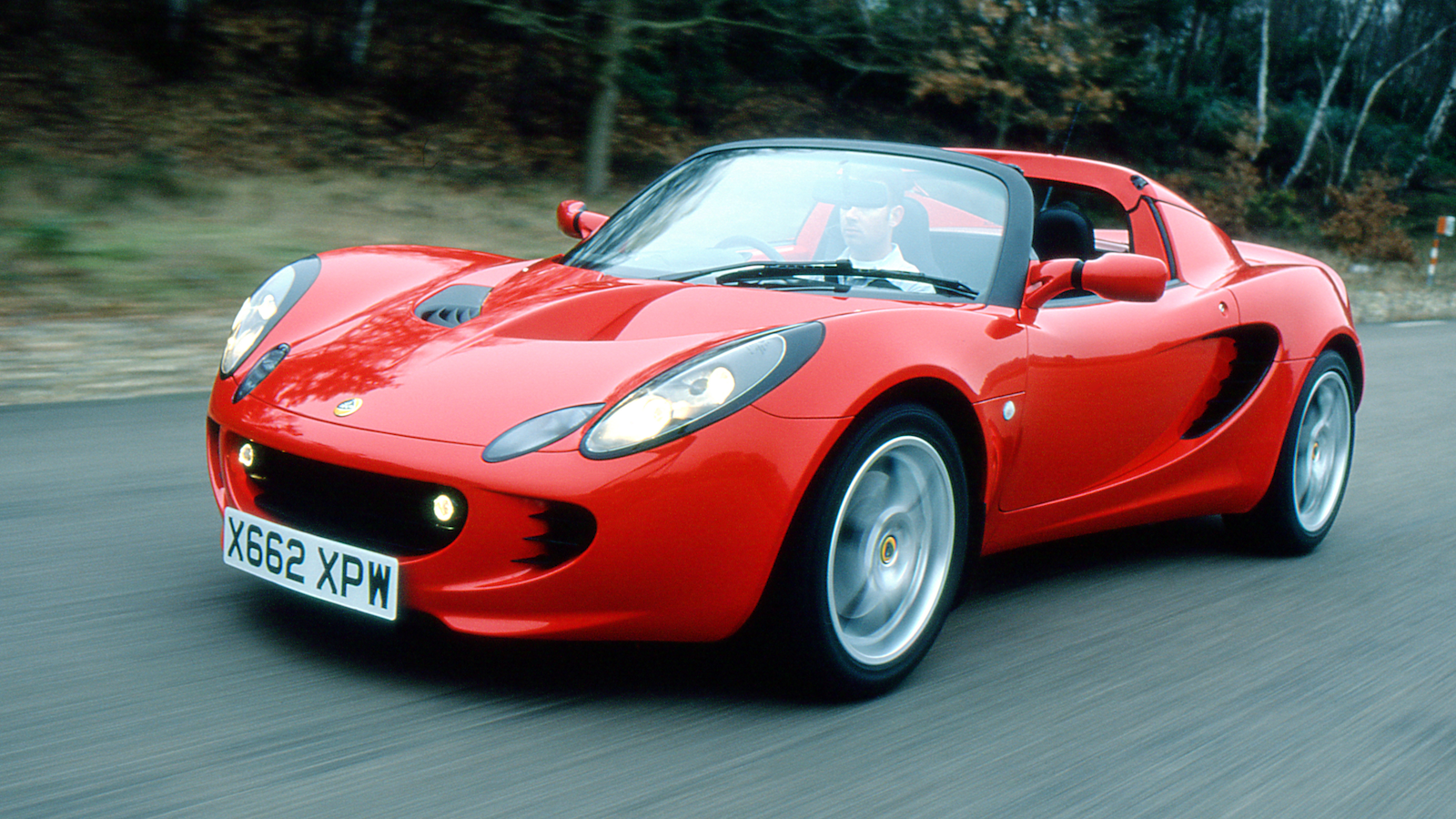 © Haymarket Automotive
© Haymarket Automotive -
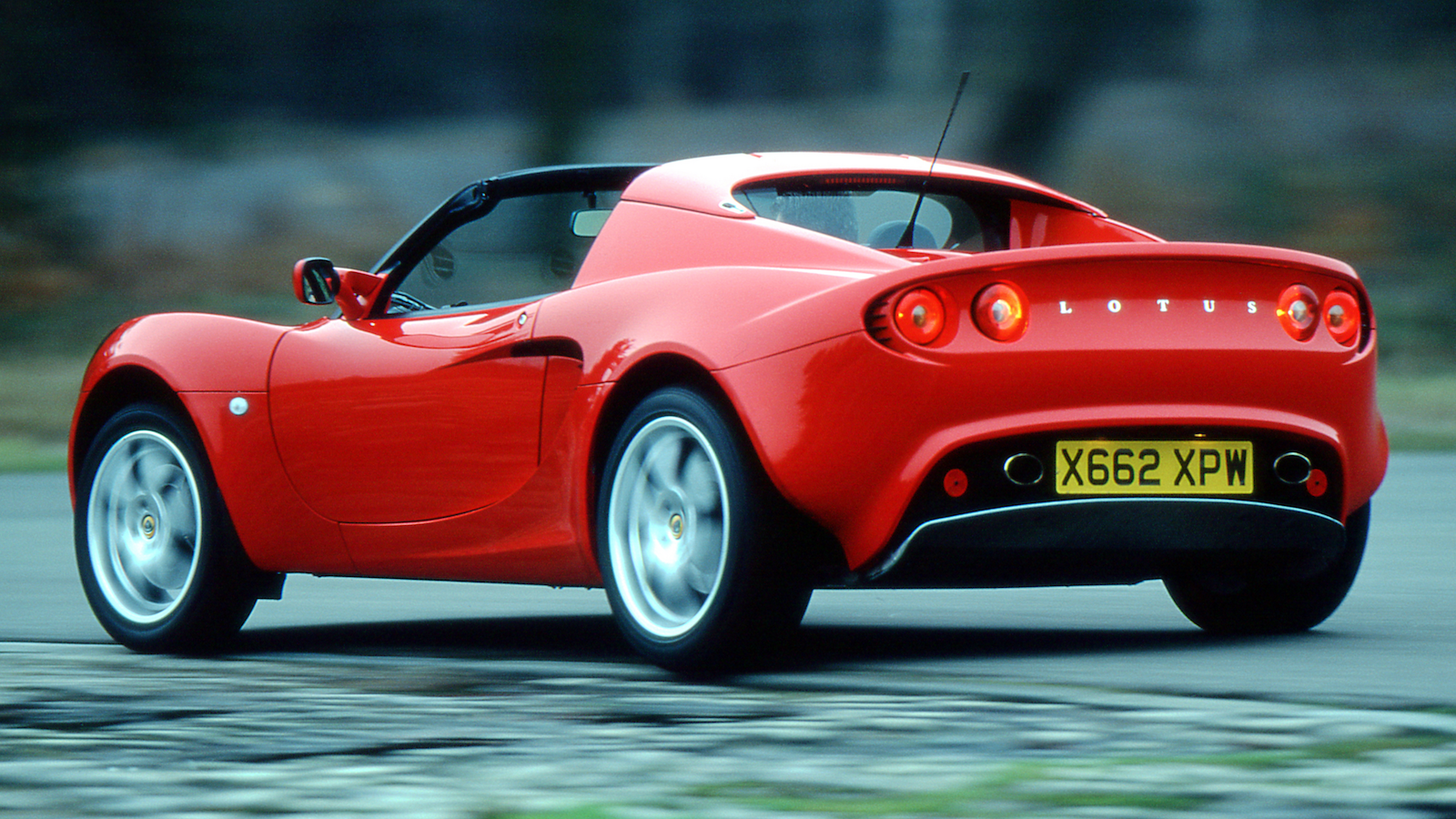 © Haymarket Automotive
© Haymarket Automotive -
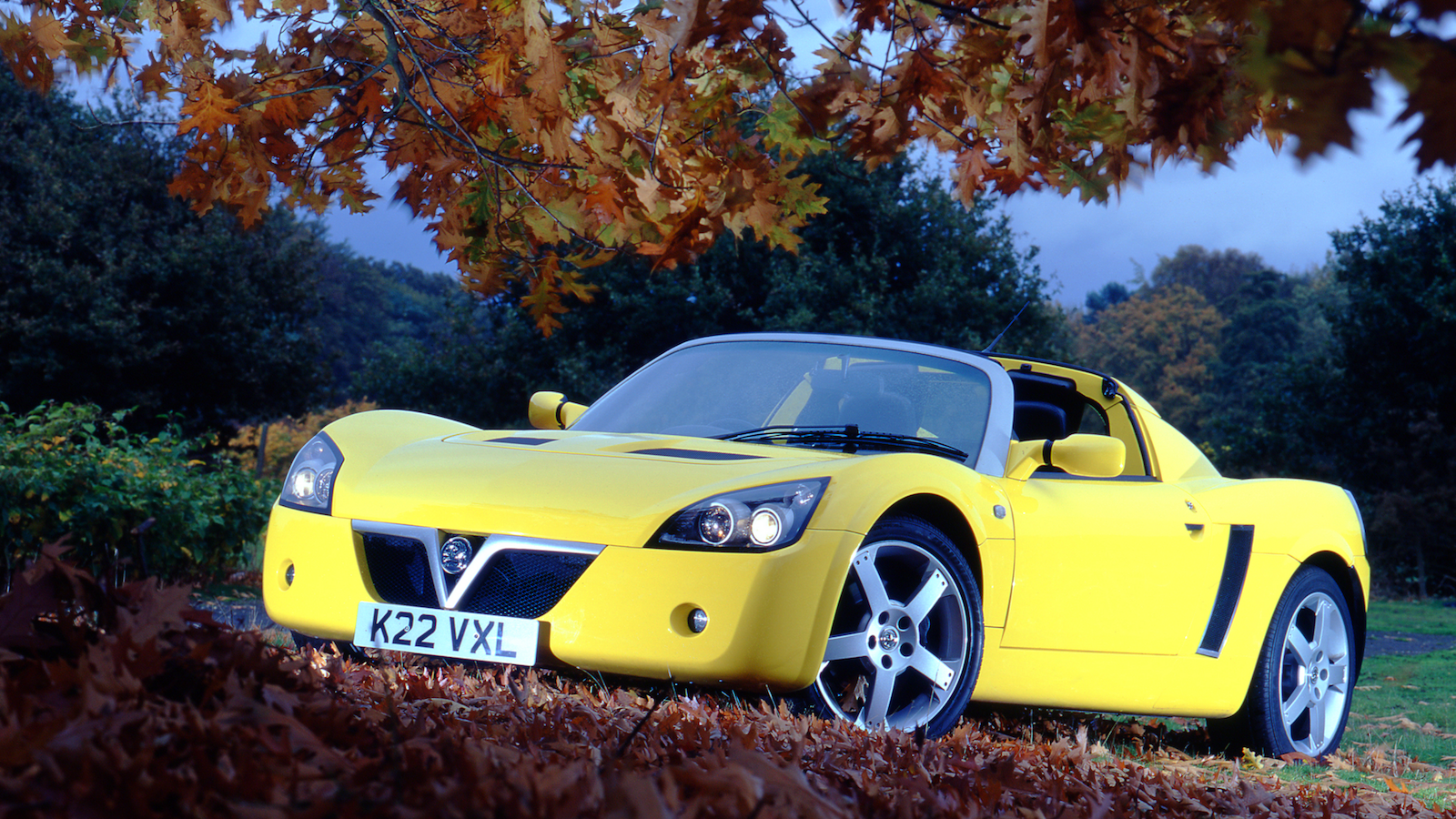 © Haymarket Automotive
© Haymarket Automotive -
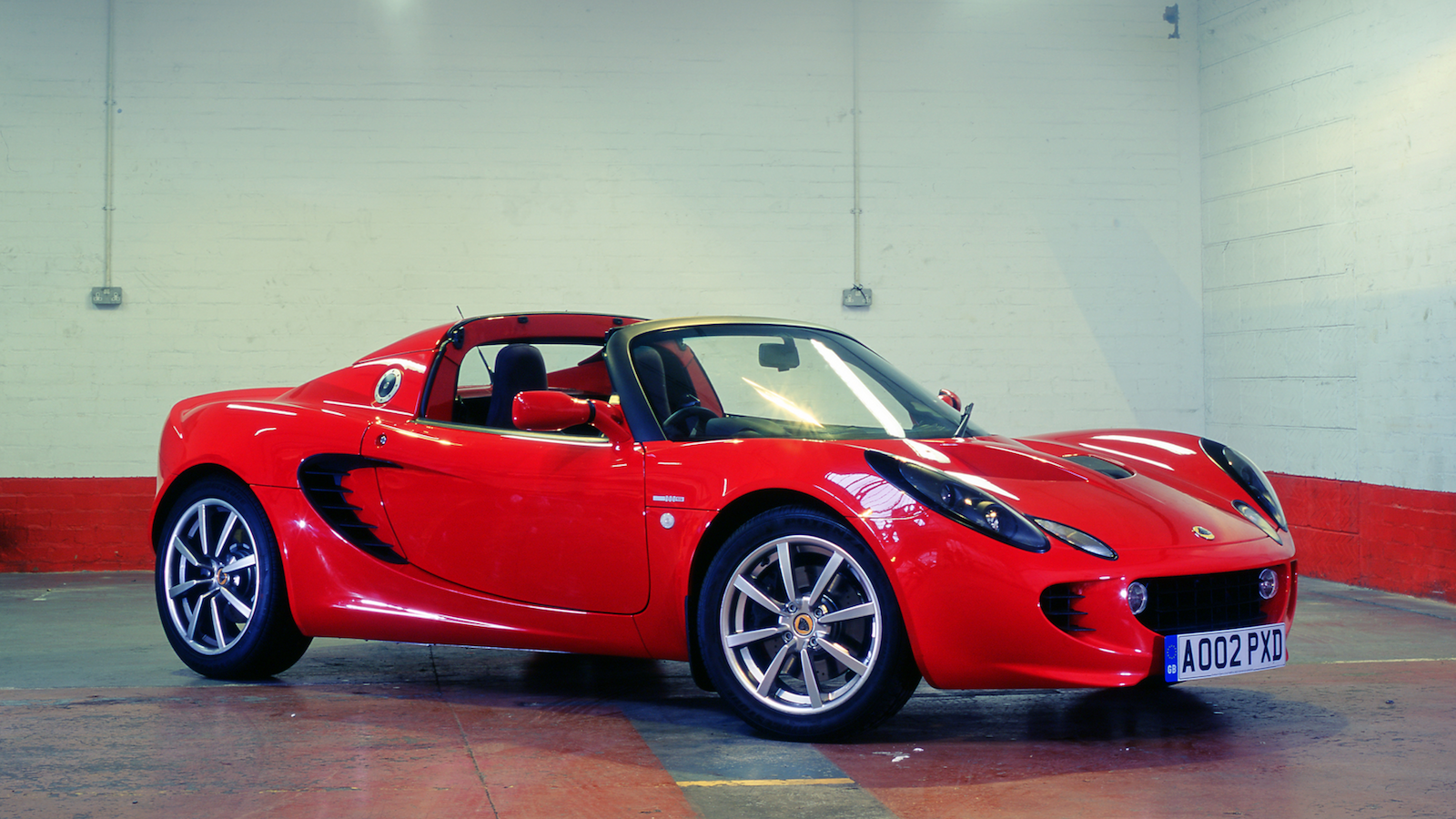 © Haymarket Automotive
© Haymarket Automotive -
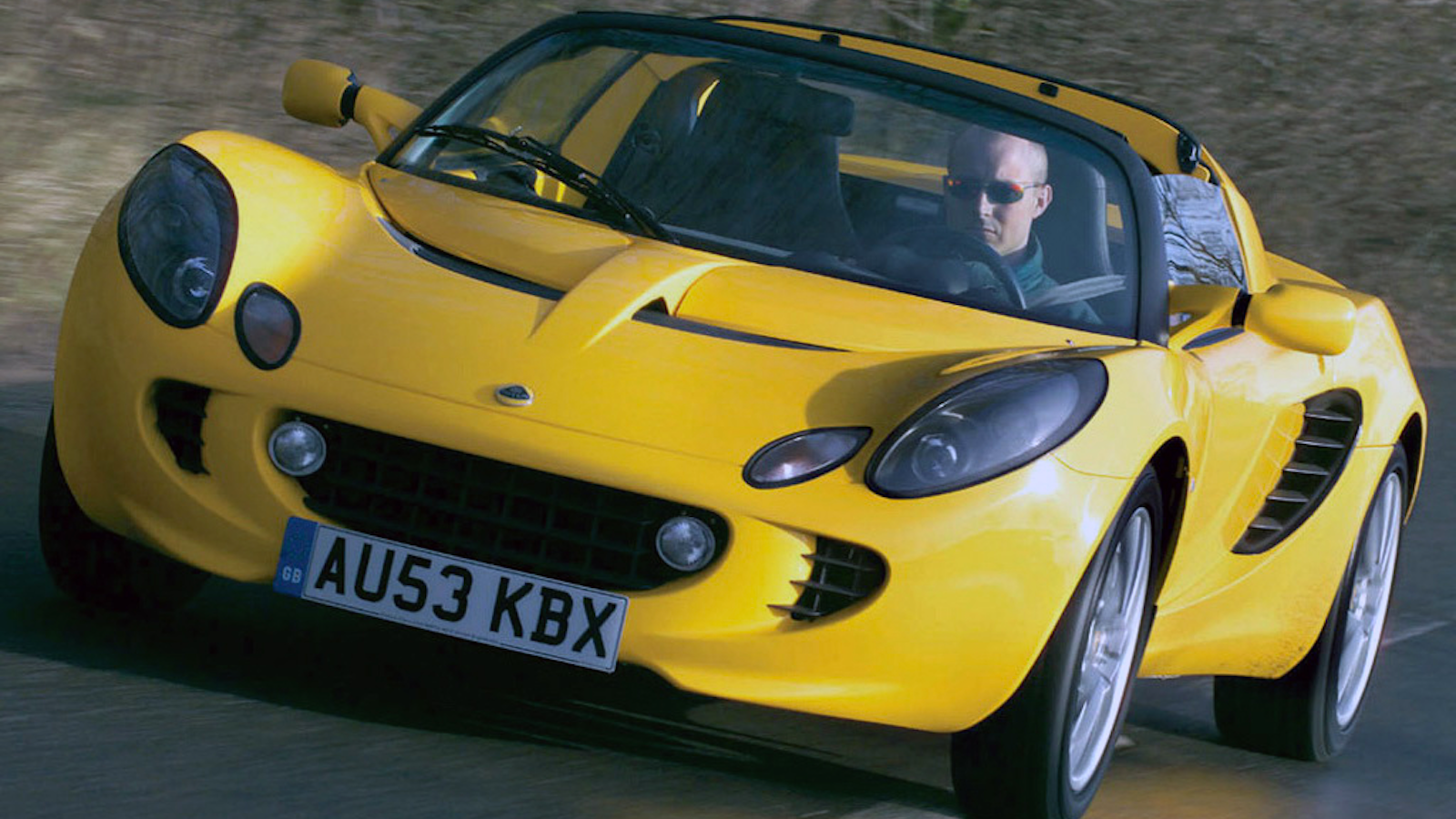 © Lotus
© Lotus -
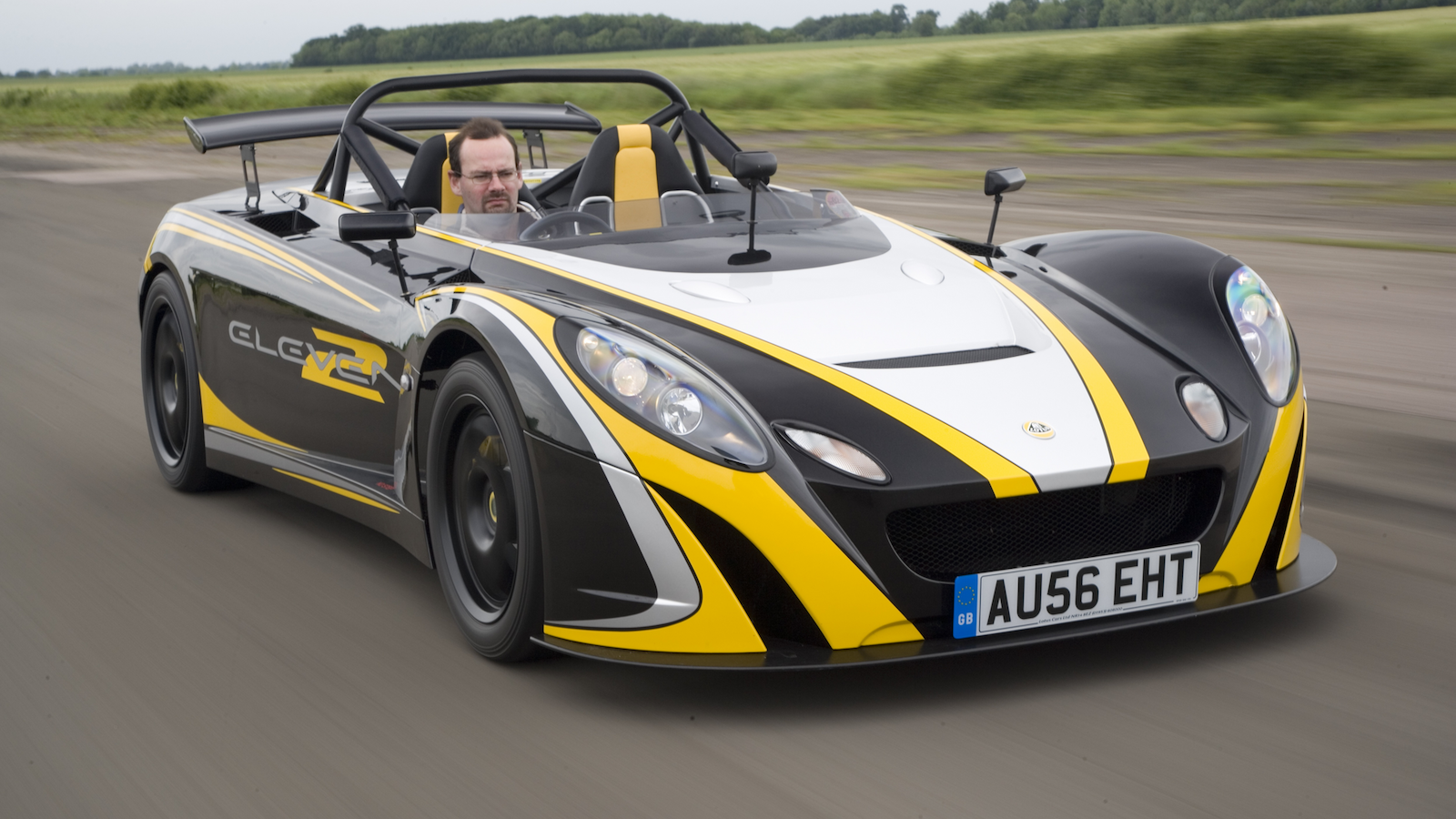 © Haymarket Automotive
© Haymarket Automotive -
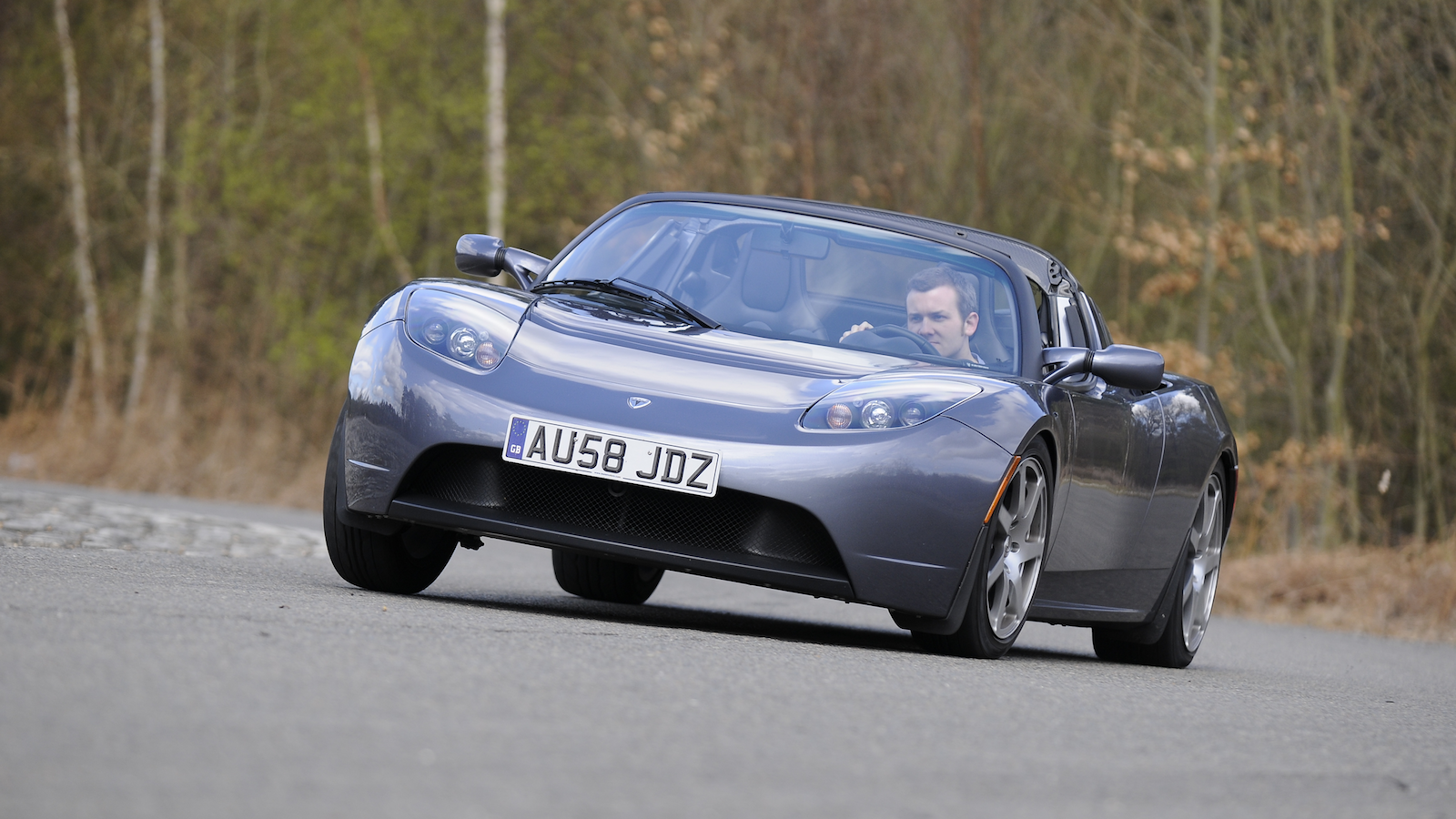 © Haymarket Automotive
© Haymarket Automotive -
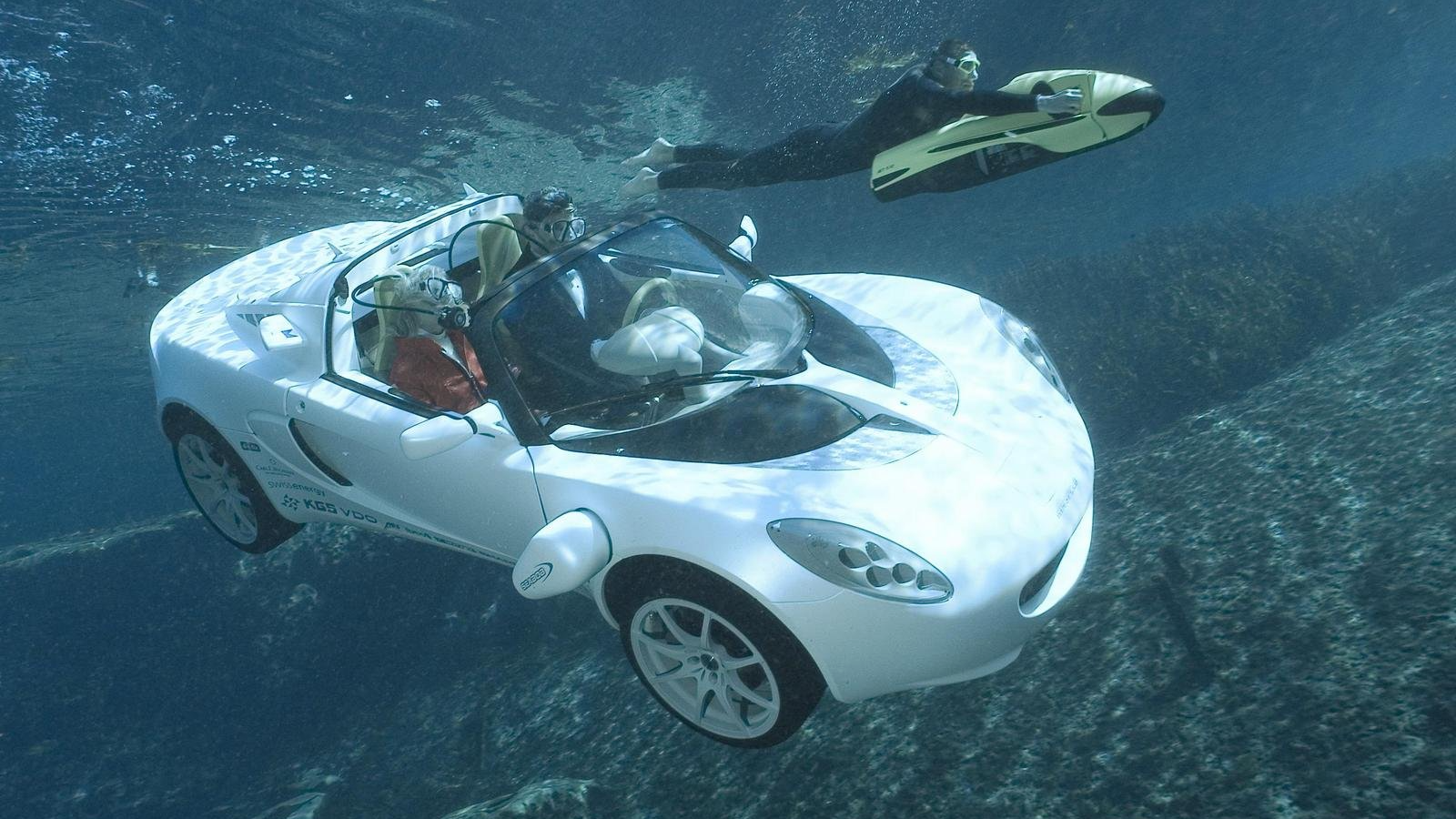 © Rinspeed
© Rinspeed -
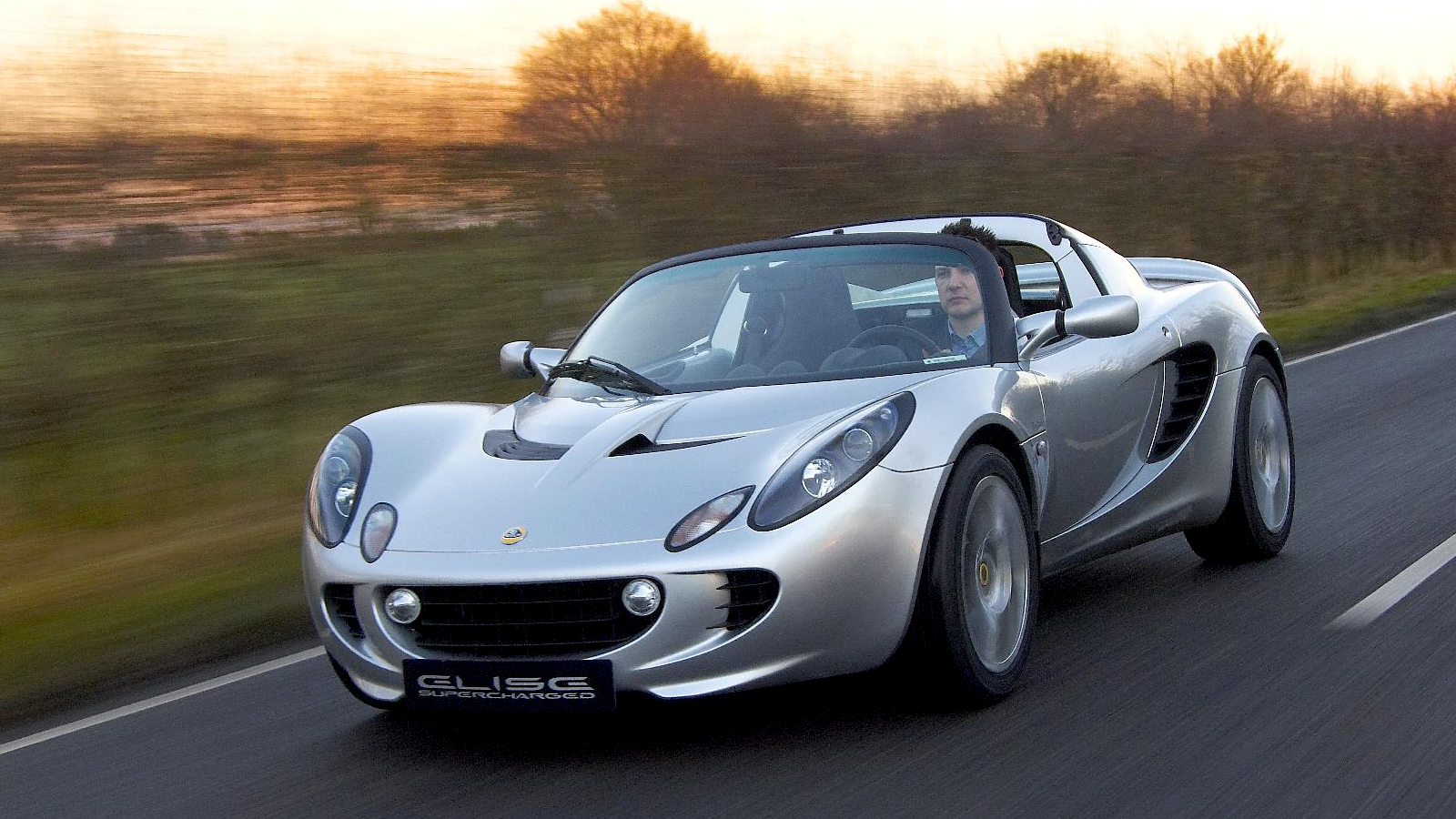 © Lotus
© Lotus -
 © Haymarket Automotive
© Haymarket Automotive -
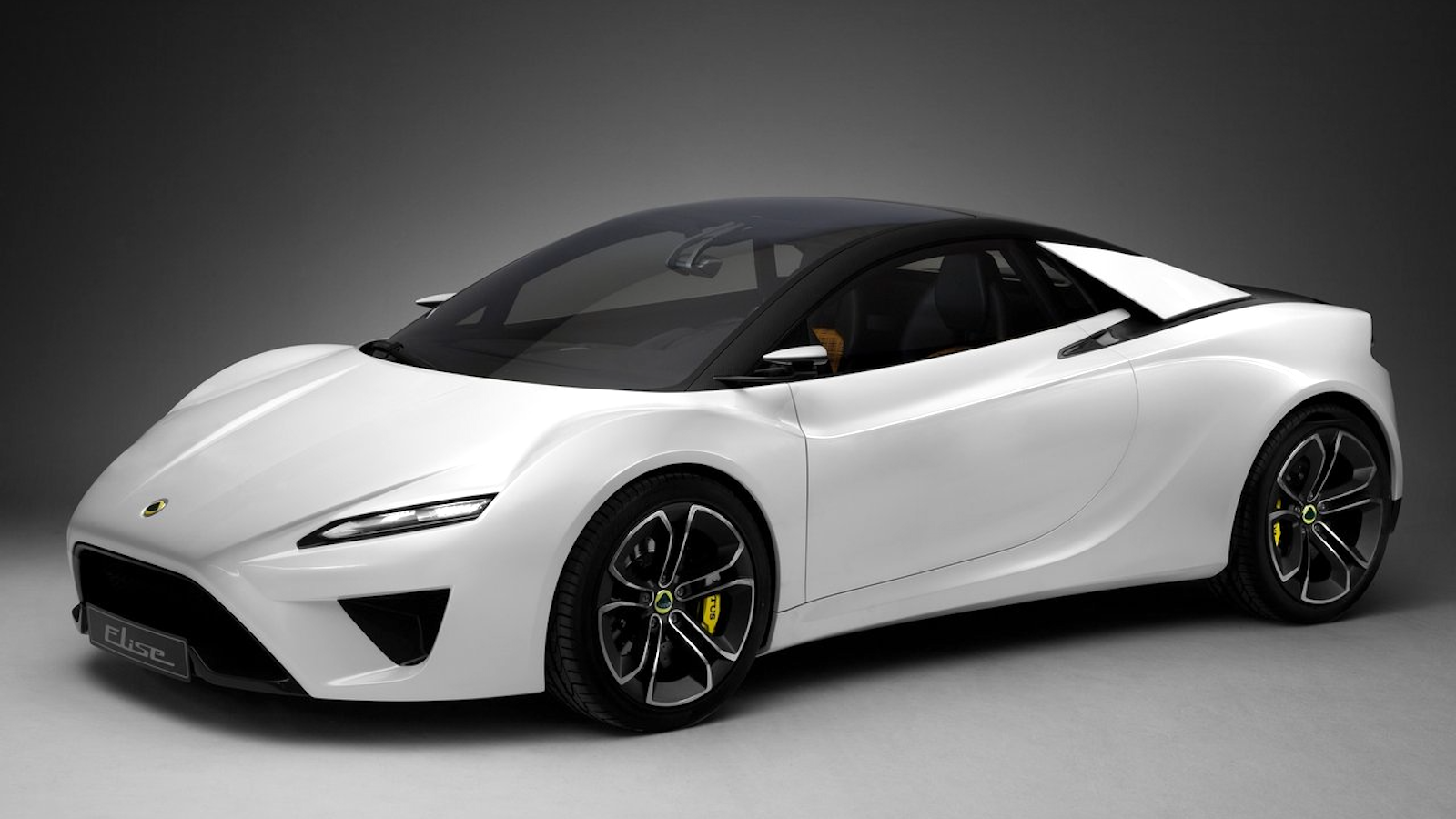 © Lotus
© Lotus -
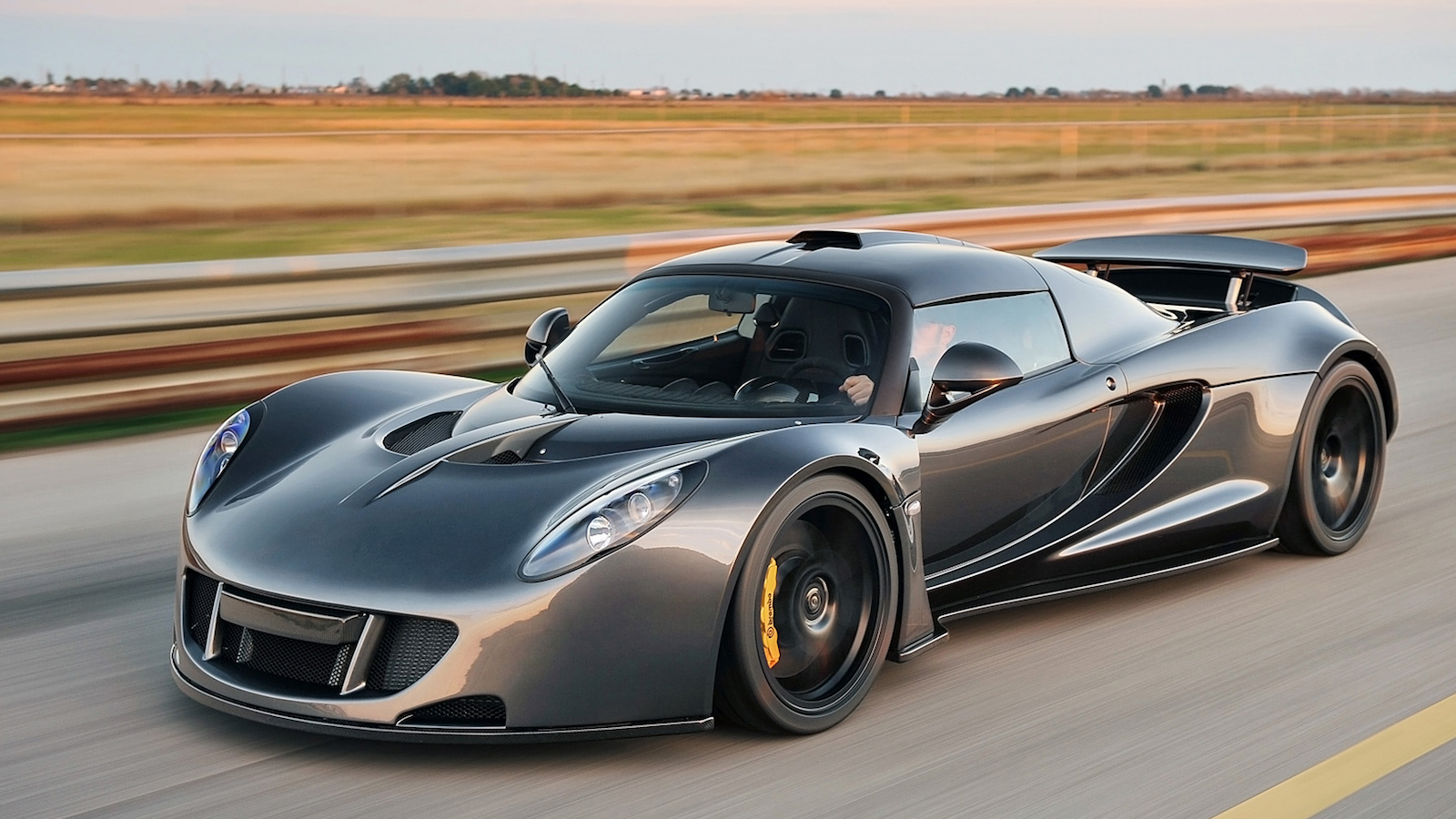 © Hennessey
© Hennessey -
 © Haymarket Automotive
© Haymarket Automotive -
 © Lotus
© Lotus -
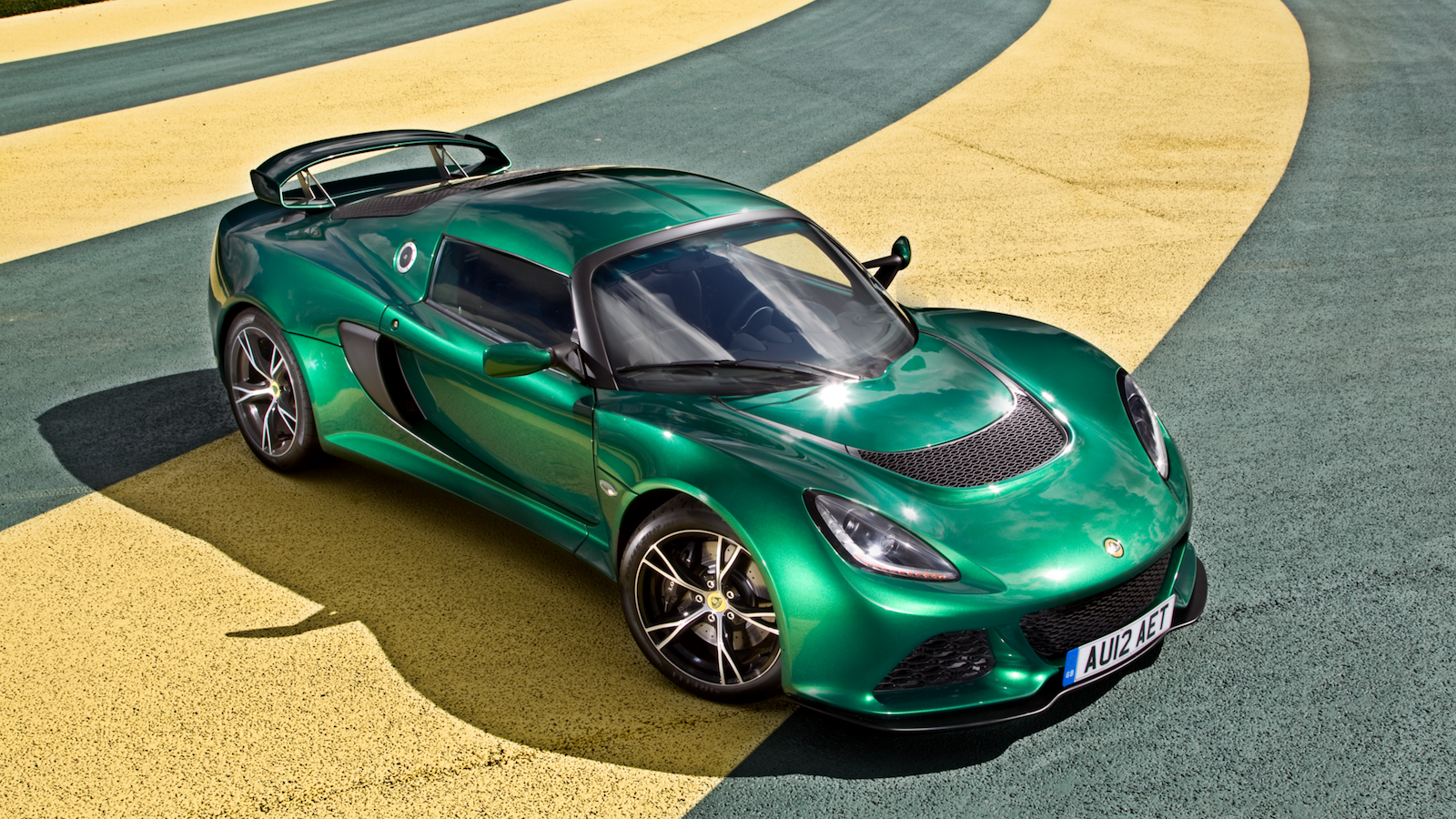 © Haymarket Automotive
© Haymarket Automotive -
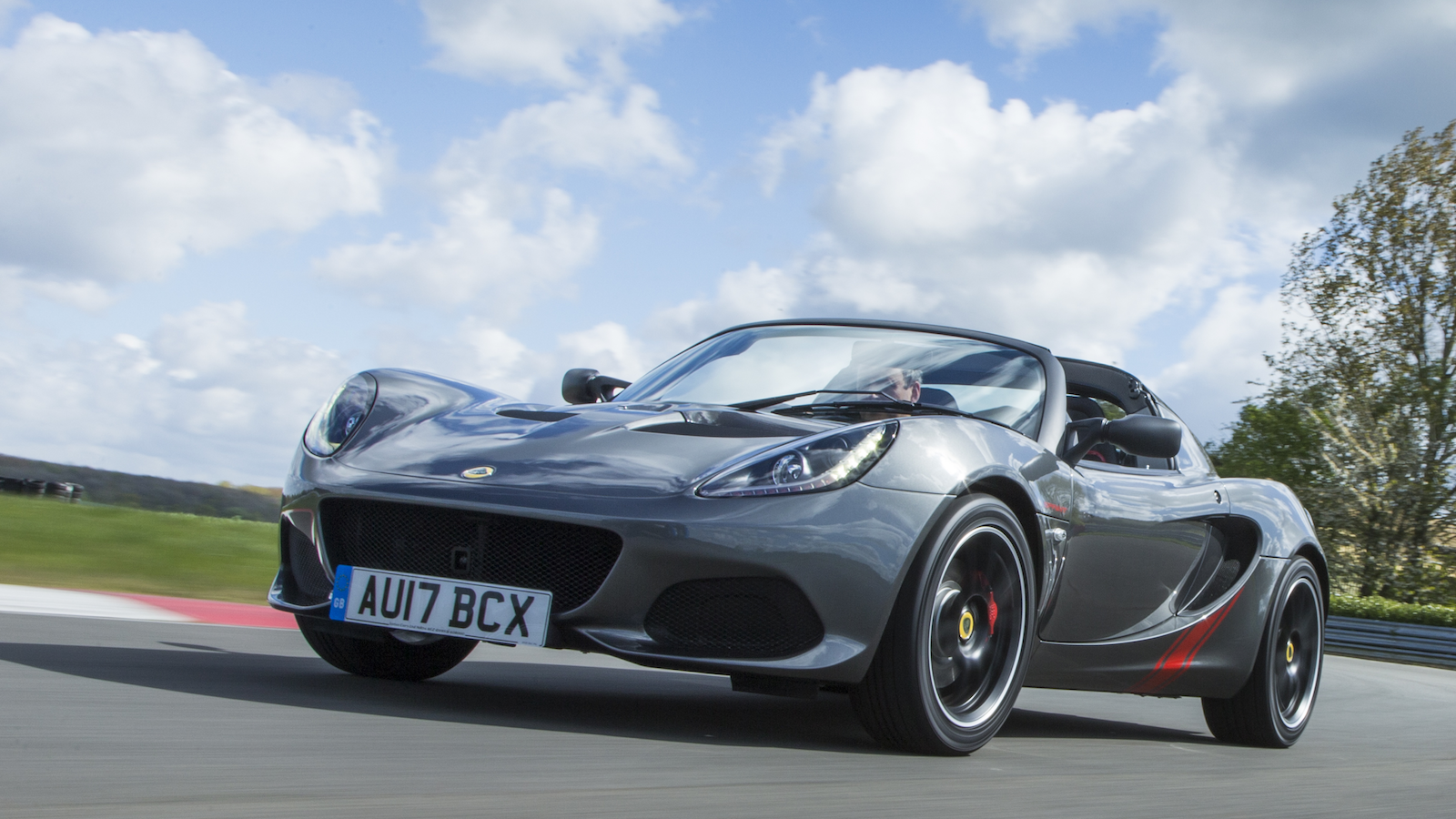 © Haymarket Automotive
© Haymarket Automotive -
 © Lotus
© Lotus -
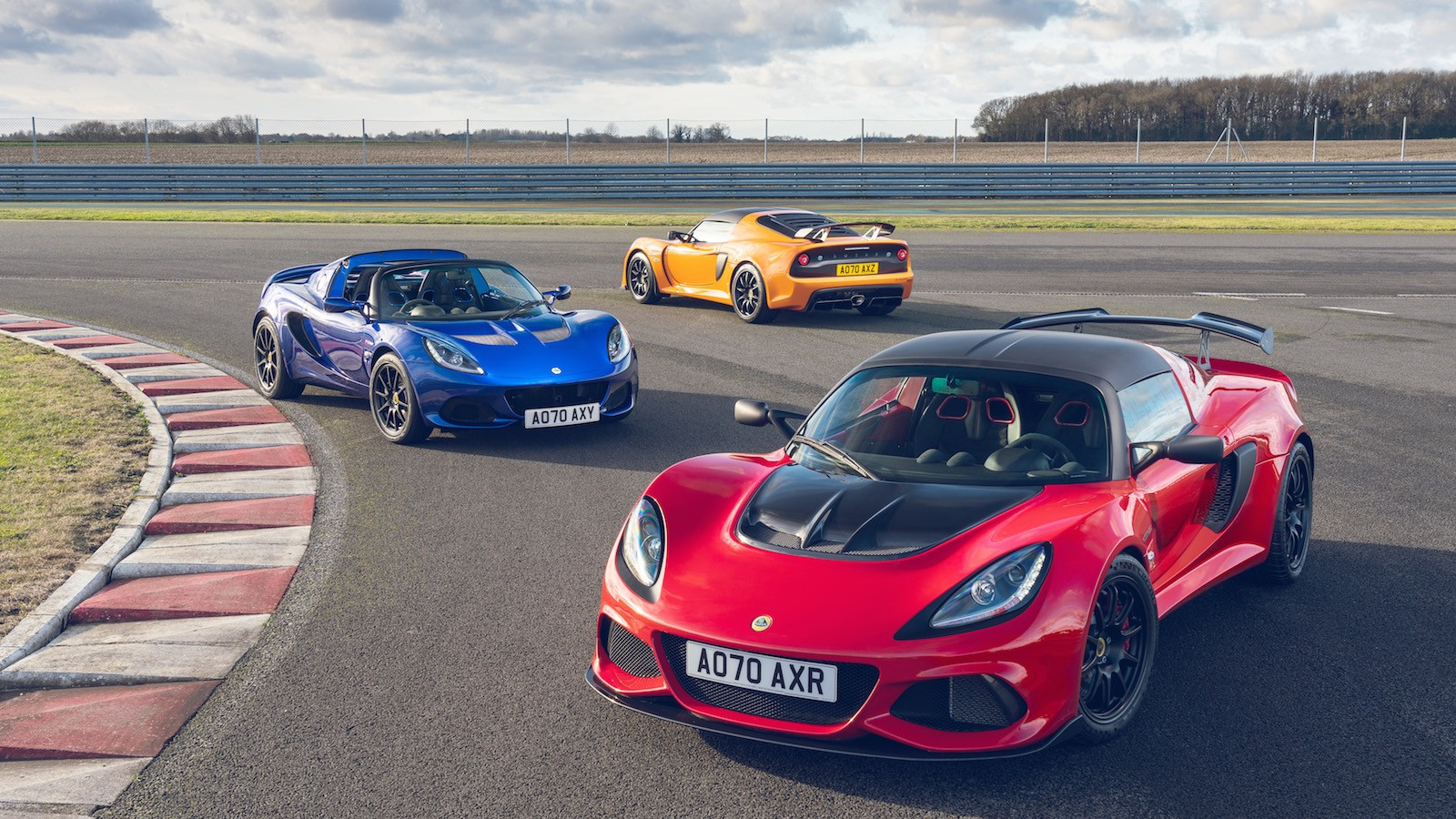 © Lotus
© Lotus -
 © Classic & Sports Car
© Classic & Sports Car
-
Saying goodbye to the Lotus Elise
The Lotus Elise went on sale 25 years ago and, sadly, it looks like it won’t turn 26, at least not in its current form. The iconic lightweight model is being phased out as Lotus prepares to usher in a new generation of sports cars and supercars, funded by Chinese parent company, Geely.
The truth is, Lotus would have replaced it years ago if it had the cash. But it didn’t, instead relying on the genius of the fundamental design, and Norfolk’s most creative minds, to keep the car feeling fresh for a quarter of a century.
Documenting every single Lotus Elise variant would fill the entire internet (granted, that is maybe a slight exaggeration!), so we’ve picked 22 highlights from the model’s 25 years to celebrate the often surprising story of this incredible sports car.
-
1. Lotus Elise S1
The first, and many argue the finest, Elise was unveiled to the world at the Frankfurt Motor Show in September 1995. Inspired by cars like the Lotus Type 23 racer and Ferrari Dino, it featured a glassfibre body and innovative (and cost-effective) chassis built from aluminium extrusions.
Originally slated to be called Type 111, then-boss Romano Artioli decided to change the new car’s name to Elise, after his granddaughter Elisa, shortly before launch.
-
Lotus Elise S1 (cont.)
The mid-mounted engine was the humble 1.8-litre K-series fitted to thousands of nondescript Rovers, and developed just 118bhp.
But the Elise’s incredibly low 725kg kerbweight meant it could reach 60mph in 5.5 secs.
-
Lotus Elise S1 (cont.)
To achieve that incredibly low weight – almost half that of a contemporary Ferrari 355 – the Elise featured the bare minimum of interior trim, and even an advanced pair of composite front brake discs, until cost-cutting forced a switch to conventional brakes.
-
2. Lotus Elise Sport 135 and 190
It was obvious to everybody, Lotus included, that the standard Elise could be tweaked to become a much sportier machine at the expense of some driveability.
First came the crazy track-only Sport 190, while those actually wanting to keep things road legal could soon pick up its Sport 135 little brother.
-
3. Lotus Elise 111S
The 1999 111S also promised more performance, but instead of employing traditional bolt-on tuning, Lotus achieved it by dropping in the 143bhp version of Rover’s 1.8-litre K-series.
The extra power came from variable valve timing and chopped 2 secs from the 0-100mph time, but at the expense of low-rev performance.
-
4. Elise GT1
Realising the ageing Esprit would no longer cut it in endurance racing, Lotus turned its attention to the Elise, though there wasn’t much left of the standard road car by the time Lotus had finished with it.
The one roadgoing GT1 built for homologation purposes featured a stretched chassis and a twin-turbo Esprit V8, though that proved too unreliable for racing, so the competition cars used a modified version of the Chevy LT5 small-block V8 Lotus had developed for the Corvette ZR1 a decade earlier.
Unfortunately for Lotus, and the privateer firms who ran them, the GT1s were no match for their Porsche and Mercedes-Benz rivals.
-
5. Elise Type 49
Some variations on the Elise theme worked the nostalgia, rather than performance, angle.
There were four alone in 1999, including a 50th Anniversary Elise celebrating Lotus’ half century, a run of black and gold JPS-inspired cars, and the gorgeous red-over-white Type 49 models.
-
6. Lotus 340R
The wildest roadgoing S1 Elise offshoot was undoubtedly the 340R, which looked like the love child of an Elise and a Meyers Manx beach buggy.
Only 340 were built with the VHPD K-series, which used the VVC head but fixed cam timing and delivered 177bhp or 189bhp.
-
7. Lotus Exige
Like the 340R, the Exige was all about track thrills, but this time with doors, windows and a roof.
It was essentially a road-legal version of the Elise Motorsport racer and came with the VHPD engine, a large rear spoiler and sticky Yokohama tyres.
-
8. Lotus Elise S2
Largely pushed by the need to meet new legislation, Lotus released a radically restyled Elise in 2000, giving the S2 a more sophisticated look and a better quality interior.
-
Lotus Elise S2 (cont.)
The faithful K-series carried on mostly unchanged, but Lotus dialled in a little more understeer, fitting narrow front tyres and wider rears to answer criticism that the S1 had been too snappy at the limit.
-
9. Vauxhall VX220/Opel Speedster
The S2 Elise was financed in part by a deal between Lotus and GM to build the Elise-based Vauxhall VX220 and its European market Opel Speedster twin.
The longer, heavier VX was as spartan as the Elise, but a gutsy 145bhp 2.2-litre engine from the Astra hatch made it feel effortlessly quick – but not as quick as the storming 197bhp VX220 Turbo that came later.
Sales never matched Vauxhall’s expectations, however, and the VX was killed off in 2005.
-
10. Lotus 111S
Lotus resurrected the 111 badge for the S2 in 2002, again fitting it with the VVC-equipped K-series, but now with a Lotus ECU that helped lift power to 156bhp.
The 111S made a great road car, but as with the S1, track-focused versions like the 135R were also available, as well as more retro-themed, but mechanically standard, special editions.
-
11. Lotus Elise 111R
The need to meet Euro IV emissions standards, and finally take the Elise to the USA, meant a switch from Rover to Toyota power.
The newly named 111R now developed 189bhp from a naturally aspirated 1.8 that revved to over 8200rpm and was mated to a six-speed gearbox.
Anti-lock brakes, a brake servo and optional twin airbags pushed the weight up to 860kg, but 0-62mph now took just 5.2 secs.
-
12. Lotus 2-Eleven
The Exige returned during the S2 Elise’s production run with a choice of a 189bhp naturally aspirated 1.8, or the same engine with a supercharger strapped to the side for drivers who really wanted to slash their lap times.
But for those who lived and breathed track days, the 2-Eleven (pictured here) went even further – and faster.
-
13. Tesla Roadster
But even the 2-Eleven wasn’t the most curious Elise offshoot. Beginning in 2008 Lotus was contracted to build Tesla’s first car, an electric two-seater loosely based on the Elise.
Production ended in 2012, but that wasn’t the end of the story: in 2018 a Roadster became the first car to be launched into space, when it was carried clear of the Earth’s atmosphere by a SpaceX Falcon Heavy rocket.
-
14. Rinspeed sQuba
Meanwhile, back on Earth, but only slightly less bonkers, Swiss firm Rinspeed created an amphibious Elise inspired by the aquatic Lotus Esprit in the 1977 Bond film, The Spy Who Loved Me.
The all-electric sQuba was capable of 75mph on land, but only 2mph underwater.
-
15. Lotus Elise SC
The Exige had been available with supercharged power for a couple of years when Lotus finally added a forced-induction option to the Elise in late 2007.
The Elise SC did without the intercooler that blocked rear vision in the Exige, and power dropped from 237bhp to 217bhp as a result.
But a 0-62mph time of 4.6 secs and 150mph top speed made it the fastest production Elise yet.
-
16. Lotus Europa
The supercharged SC might have been the fastest Elise yet, but it was still an Elise, and some buyers looking for a daily sports car found the little Lotus too extreme.
So the manufacturer had a go at taking on the Porsche Boxster and Audi TT in 2006 with the Europa, which was based on the Elise but offered a lower door sill for easier access, as well as a turbocharged 2.0 GM engine for plenty of mid-range grunt. But, like the VX220, it sold poorly, and was axed in 2010.
-
17. Lotus Elise concept
Behind the scenes however, Lotus was plotting an even more radical reinvention of its baby sports car.
At the 2010 Paris Motor Show Lotus CEO Danny Bahar stunned the world by revealing five new concept cars, including a completely new Elise powered by a 2.0-litre engine, optimistically predicting the new cars would be on sale in 2016.
More than a decade later not one of the five has made it to production.
-
18. Hennessey Venom GT
The Elise and Exige were better known for the way they went round corners than how quickly they sprinted between them, but Texas-based tuning company Hennessey Performance had something to say about that.
In 2013 a Hennessey Venom GT, a heavily modified Elise/Exige powered by a twin-turbocharged 7.0-litre GM V8, recorded a 0-186mph (300kph) time of 13.63 secs, making it the world’s fastest-accelerating production car.
-
19. Lotus Elise S3
Lotus cleaned up the Elise’s styling in 2010, switching to one-piece light units, and introduced the model’s smallest engine yet, replacing the entry-level 1.8 in European cars with a 1.6-litre naturally aspirated Toyota unit with 134bhp.
-
Lotus Elise S3 (cont.)
Unfortunately for US Lotus fans, their Elise fun was soon curtailed. A waiver exempting Lotus from the need to fit smart airbags expired in 2011 and the Elise was withdrawn from sale in North America shortly after the introduction of the S3.
-
20. Lotus Exige V6
Lotus gave the Exige a huge extra shot of performance in 2012 when it dropped in the 3.5-litre supercharged Toyota V6 from its Evora big brother.
With its 345bhp output the Exige S was almost three times as powerful as the original ’96 Elise, and by 2017 some versions were producing 430bhp.
-
21. Lotus Elise Cup and Sprint
To fill in the gap left by the old Exige, Lotus created a series of increasingly powerful track-focused Cup versions of the Elise, culminating in the 2017 Elise Cup 260, whose supercharged Toyota 1.8 punched out a hefty 250bhp.
But the same year it resurrected the legendary Sprint name for a more road-biased Elise (pictured) that employed carbonfibre panels, a lithium-ion battery, forged wheels and thinner seats to drop weight back below 900kg, to recapture the spirit and purity of the ’96 original.
-
22. Lotus Elise Final Edition
It’s 2021 and Lotus has announced that production of the Elise, Exige and their Evora big brother ends this year.
The Elise bows out with the Final Edition, available in road-friendly Sport, or track-biased Cup guises, both featuring special paint and trim, and in the case of the Sport, a boost to 240bhp.
-
Lotus Elise Final Edition (cont.)
The Exige also gets a Final Edition send-off – pictured here alongside the Elise is the Exige Sport 420 Final Edition, with an orange Sport 390 Final Edition visible in the background.
Interested? Unfortunately, you’re looking at over £45k for the run-out Elise and almost £80k for the Exige 420.
But…
-
Buying your own Elise
…the great thing about the Elise’s long production run is the huge number of used cars available for far less than the cost of a new one, and since power was never the name of the game, you’ll have as much fun in an entry-level car as one of the high-powered or hot-rodded special editions.
Prices have crept up in recent years, but you still can pick up a nicely preserved bog-standard S1 for £20k (or S2 for £17k).
